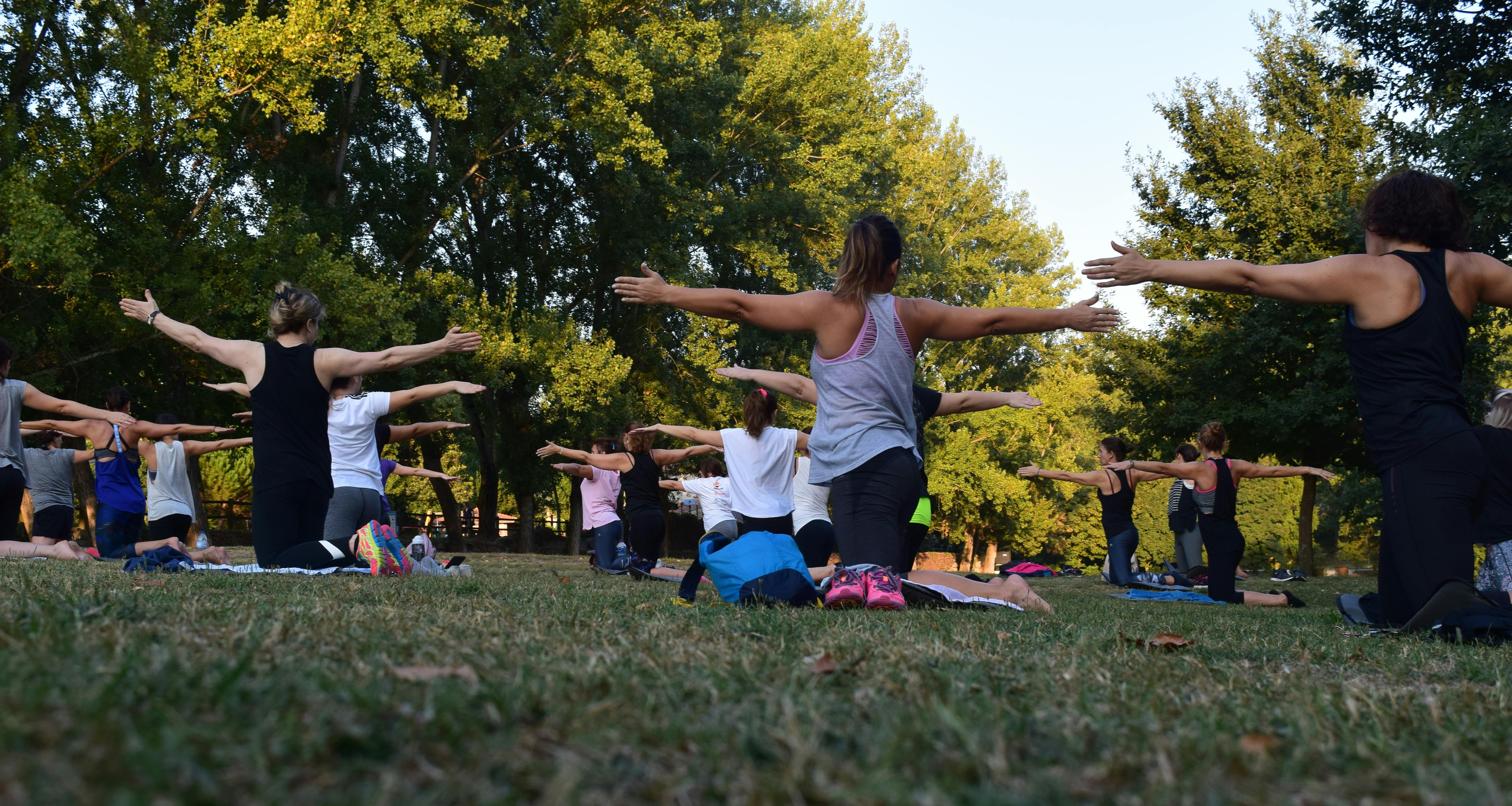
Understanding the Nervous System: A Must for Health
In the contemporary quest for well-being, understanding how our nervous system works is vital. It’s not just about workouts or the latest diet trend; it’s about how we perceive safety and stress in our daily lives. The nervous system operates primarily in two modes: sympathetic (fight or flight) and parasympathetic (rest and digest).
Most of us are trapped in sympathetic mode due to various triggers, such as work stress, family demands, or even our self-imposed expectations. This state can inhibit healing and overall health, making it crucial to recognize the signals we are sending our bodies.
Shifting Perspective: From Stress to Safety
The powerful concept of sending safety signals to your body can revolutionize your approach to health. Stress signals, which can be both overt and subtle, hinder your body’s ability to relax. This includes not only the usual suspects like work pressures or troubled relationships but also hidden stressors such as inadequate nutrition, lack of sleep, or even negative self-talk.
Contrarily, safety signals comprise those elements that promote a healing environment. Think of nourishing foods, restorative sleep, meaningful connections, and self-compassion. In focusing on these aspects, your body responds favorably, enhancing everything from mood to energy levels.
The Power of Nutrition as a Safety Signal
Nutrition plays a pivotal role in how we communicate with our bodies. Often, we underestimate how under-eating can send our systems into a state of alarm. Many people, in an effort to lose weight or heal a condition, may not realize that they are depriving their bodies of essential nutrition, thus sending stress signals rather than safety signals.
Shifting to a focus on wholesome, nutrient-dense foods is crucial. Consuming meals that prioritize protein and vital micronutrients allows your body to recognize that nourishment is plentiful, paving the way for healing. For instance, consider starting your day with a balanced breakfast rich in protein rather than diving straight for caffeine. This small adjustment can have significant impacts on your energy and stress levels.
The Importance of Connection: Building Safety Signals Through Relationships
Humans are inherently social beings, meaning that our relationships play a crucial role in how we feel. Feeling isolated or lonely can act as a significant stress signal. Therefore, cultivating strong, supportive connections is essential in fostering safety in our lives. Engaging in conversations with loved ones, spending time with friends, or even connecting with community members can invoke feelings of safety and belonging.
Remember, the quality of these interactions matters. Positive, open connections can significantly reduce stress and enhance the body’s ability to transition into a healing state.
Emotional and Mental Well-Being: Techniques to Enhance Safety Signals
Taking care of your emotional and psychological health is just as essential as the physical aspects. Incorporating practices like mindfulness or meditation can help fine-tune your heart and mind’s connection. These techniques serve as powerful safety signals, signaling your body that it can relax and heal.
Furthermore, practicing gratitude and engaging in positive self-talk can rewire how we perceive our environment, mitigating stress responses triggered by negative thoughts.
Guided Practices for Cultivating Safety Signals
To truly embrace the shift from stress to safety, consider implementing daily routines that involve:
Mindful Eating: Take time to savor your meals, focusing on how nourishing food can positively impact your health.
Regular Physical Activity: Engage in exercise that brings you joy rather than stress. Gentle activities like yoga can be restorative.
Structured Rest: Prioritize adequate sleep and downtime. Implement a nighttime routine that signals to your body that it’s time to unwind.
Community Engagement: Look for local events, gatherings, or clubs where you can foster connections.
Stress Management Techniques: Dedicate time to practices that promote mental clarity and reduce anxiety, like journaling or guided relaxation.
Implementing these practices can not only change your relationship with food and exercise but also help build a community around support and connection, which are imperative for fostering genuine health.
Conclusion: Embrace the Journey to Well-Being
As you navigate your wellness journey, remember that it’s about quality over quantity. Cultivating safety for your nervous system is the path to lasting health and happiness. By becoming conscious of the signals we send and the adjustments we can make, you allow your body the space to heal naturally.
Start today—focus on sending safety signals rather than stress signals. Manifesting a healthy lifestyle involves being mindful of how you treat yourself and recognizing that your health journey is a personal one.
For more insights into nurturing a healthier, more balanced lifestyle, take a moment to explore your local community resources, engage actively with peers, and perhaps even share your journey with someone. Remember, wellness is more than a checklist—it’s a lifestyle.
 Add Row
Add Row  Add
Add 




Write A Comment